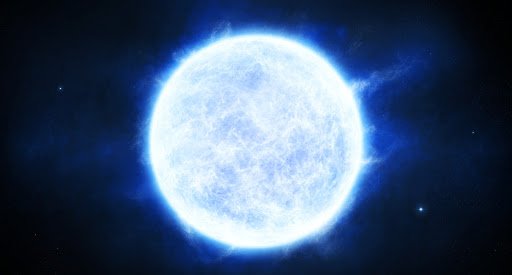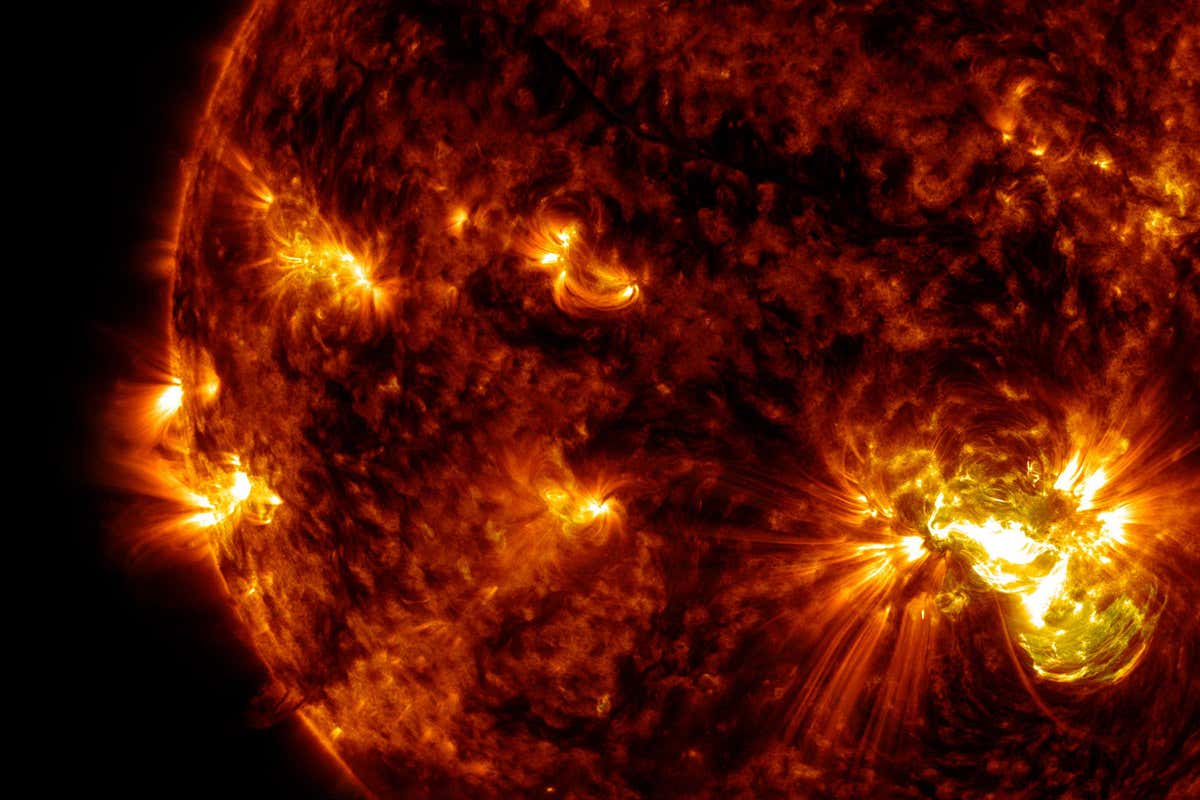We know that, like everything, even the sun has a beginning and an end. We know that, inexorably, it will end to exist as it is now, by bringing with it inside the oblivion the whole Solar System. But exactly what will happen to the Solar System when the Sun will die?
The death of the Sun… or better, its transformation
In about five billion of years the Solar System won’t be the one that we know today. And, what is certain, is that the planet Earth won’t be anymore welcoming for the life, if there will be still someone on it.
It is right in about five billion of years that the Sun will stop to exist as a yellow dwarf, to become a red giant. During the transformation most of the Sun mass will be expelled in the space, by giving life to a giant explosion.

When the explosion will end the Sun will become a white dwarf, with half of its current mass.
The Sun might seem death, but, in reality, it will continue to exist, as a white dwarf, for 100 billion of years.
But meanwhile what did happen to all the other planets of the solar system?
Mercury, Venus and Earth
Mercury and Venus will be blown away, for sure, by the initial explosion, and englobed by the red giant.
About what will happen to the Earth, instead, there are still some doubts. It might end like Mercury and Venus, and being completely blown away or it might survive to the explosion.
In both cases, by then, there won’t be any life form on the planet.
The last moments of life on the planet Earth, before the death of the Sun
On the planet Earth the life will be extinct a long time before the death of the Sun, much before of its transformation in red giant first and white dwarf then.

As explained by Lucie Green, solar physicist of the University College in London, “Inside the Sun there are reaction of nuclear fusion between protons, nucleus of hydrogen atoms. When the hydrogen will end, the Sun will shrink a bit, because gravitaional pull won’t be balanced anymore by the production of energy by the core”.
These fusions will heat the star and already there the planet Earth will become unwelcoming. But that’s not all. After the hydrogen it’s the time of the helium: “During the phase when will be the helium to melt, the Sun will expand until to become a red giant. It will be such big that it might englobe the Earth too”.
Even if the planet Earth will survive and it won’t be englobed by the Sun, there won’t be life on it anymore. The heat, the radations and the greenhouse effect will burn every animal and veggy life on the whole planet, and all the water will evaporate.
The rest of the Solar System after the death of the Sun
And what will happen, instead, to the planets that won’t be englobed by the red giant? What will happen to Mars, to the asteroids belt, to the gaseous giants?
According to a recent study the will exist for other billions of billions of years. But not without dangers. Jupiter ans Saturn will make perturbations inside the Uran‘s orbit, and it can even be expelled outside the Solar System.
No previous studies, anyway, considered the other Solar Systems, next to ours. When the Sun will lose half of its mass, the other Suns might affect the survival planets, until to rip them out of their orbits.
It will happen in about 30 billion of years. The other stars will affect the solar system as much as expell the survival planets outside the solar system and make them orphan planets.
At the end, after about 100 billion of years from the death of the Sun, only the white dwarf will remain, which will become a black dwarf, an object that doesn’t emit any kind of radiation.
The hypothesis of the nebula
To make, though, all much more picturesque and much less apocalyptic, there is another theory, the one of the nebula.
To the death of the Sun it will release all the gases of the most external layers of the star. These gases will create a nebula, which will expand in the universe for many light years. The nebula of the Solar System will be visible even from thousands of light years.
From a remote solar system it will be visible and it will be amazing, with bubbles and rings, and pyrothecnical figures. Who knows if on that remote solar system there will be what remain from the human race, to observe the death of the Sun, to observe the death of its birth solar system.
This post is also available in:

